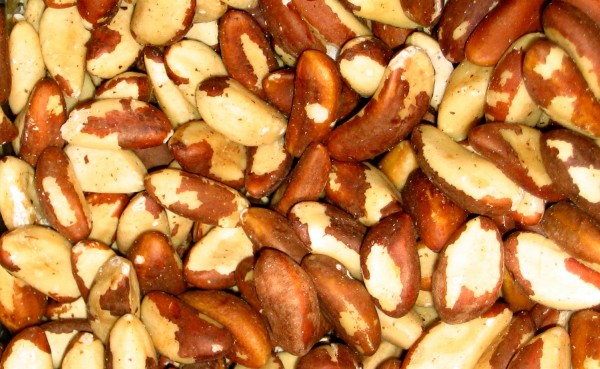 Food prices often rise or fall with good or bad harvests or because of a change in demand. A recent example is the price of brazil nuts, which by May this year had risen over 60% on European markets.
Food prices often rise or fall with good or bad harvests or because of a change in demand. A recent example is the price of brazil nuts, which by May this year had risen over 60% on European markets.
Part of the reason for the price rise has been on the demand side. Consumption of brazil nuts has increased as more people switch to healthier diets. This includes the purchase of the nuts themselves and as part of healthier snack foods. With supply being relatively inelastic, any rise in demand tends to have a relatively large effect on price.
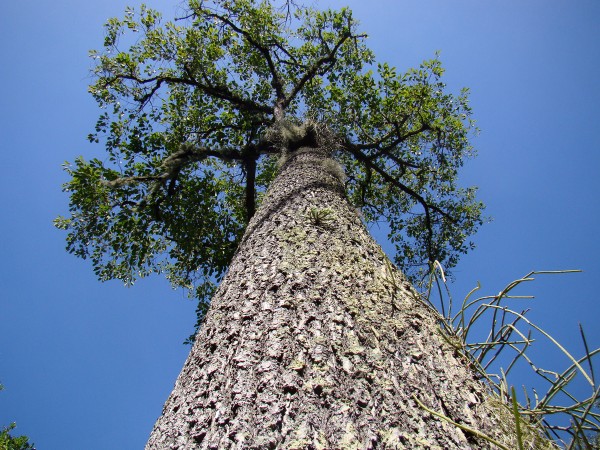
A more acute reason is on the supply side. There has been a very poor harvest of brazil nuts. The nuts are grown largely in the Amazon basin which has been hit by drought linked to the El Niño effect. This, however, is only a temporary effect and future harvests should increase again as rainfall returns to normal. However, in the longer term, rainfall patterns may change with the effects of global warming.
The price rise in the UK has also be aggravated by the depreciation of the pound since the Brexit vote, which has fallen some 13% against the dollar since June 2016. A rise in the dollar price of brazil nuts has thus led to an even bigger rise in their sterling price.
Articles
Brazil nuts are rocketing in price – here’s why The Conversation, Iain Fraser (24/10/17)
Brazil nut prices soaring due to reduced harvests after droughts Independent, Zlata Rodianova (16/5/17)
Data
Index Mundi commodities Linked from Economics Network site
Commodity Markets World Bank (see Excel file of monthly prices)
Questions
- Explain the specific supply conditions that have affected the price of brazil nuts in 2017.
- Why did prices rise ahead of the change in supply?
- How has the size of the price rise been affected by the price elasticity of demand for brazil nuts?
- What determines the price elasticity of demand for brazil nuts?
- Find out what other food prices have risen or fallen a lot in recent months and explain why.
- How do real food prices (i.e. prices after correcting for inflation) compare today with 10 and 20 years ago? Explain why.
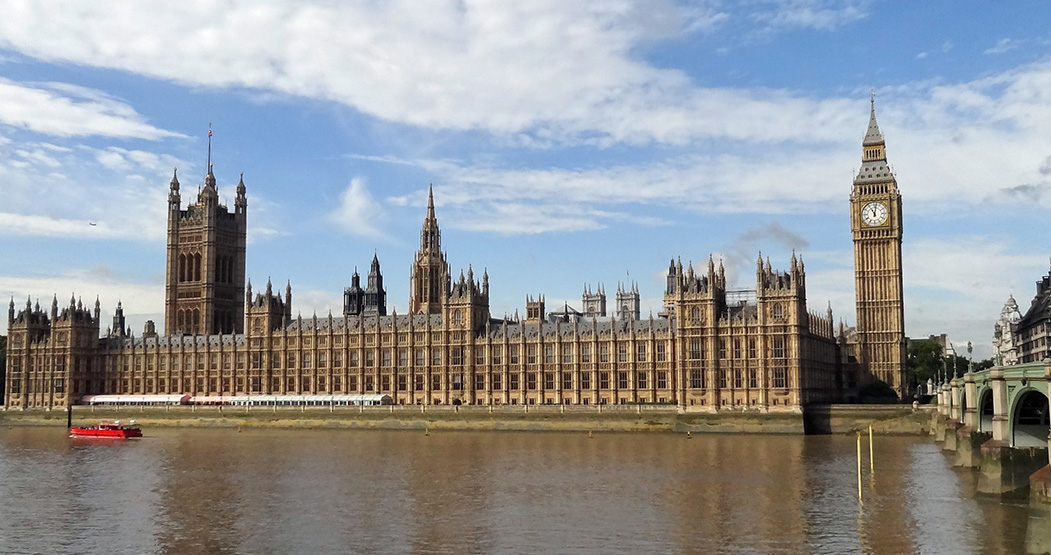 The UK Parliament’s Culture Media and Sport Select Committee has been examining the secondary ticketing market. The secondary market for events is dominated by four agencies – viagogo, eBay-owned StubHub and Ticket-master’s Get Me In! and Seatwave. These buy tickets to events in the primary market (i.e. from the events or their agents) and then resell them, normally at considerably inflated prices to people unable to get tickets in the primary market.
The UK Parliament’s Culture Media and Sport Select Committee has been examining the secondary ticketing market. The secondary market for events is dominated by four agencies – viagogo, eBay-owned StubHub and Ticket-master’s Get Me In! and Seatwave. These buy tickets to events in the primary market (i.e. from the events or their agents) and then resell them, normally at considerably inflated prices to people unable to get tickets in the primary market.
One example has grabbed the headlines recently. This is where viagogo was advertising tickets for an Ed Sheeran charity concert for £5000. The original tickets were sold for between £40 and £110, with the money going to the Teenage Cancer Trust. None of viagogo’s profits would go to the charity. The tickets were marked ‘not for resale’; so there was doubt that anyone buying a ticket from viagogo would even be able to get into the concert!
There are four major issues.
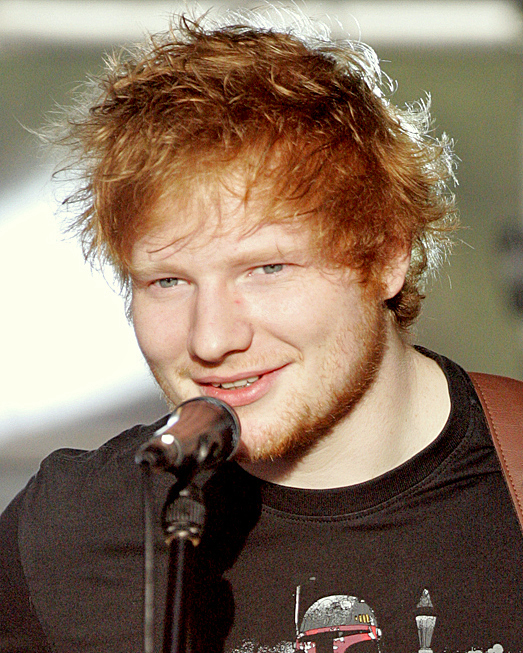 The first is that the tickets are often sold, as in the case of the Ed Sheeran concert, at many times their face value. We examined this issue back in September 2016 in the blog What the market will bear? Secondary markets and ticket touts).
The first is that the tickets are often sold, as in the case of the Ed Sheeran concert, at many times their face value. We examined this issue back in September 2016 in the blog What the market will bear? Secondary markets and ticket touts).
The second is that the secondary sites use ‘bots’ to buy tickets in bulk when they first come on sale. This makes it much harder for customers to buy tickets on the primary site. Often all the tickets are sold within seconds of coming on sale.
The third is whether the tickets sold on the secondary market are legitimate. Some, like the Ed Sheeran tickets, are marked ‘not for resale’; some are paperless and yet the secondary ticket agencies are accused of selling paper versions, which are worthless.
The fourth is that multiple seats that are listed together are not always located together and so people attending with friends or partners may be forced to sit separately.
These are the issues that were addressed by the Culture Media and Sport committee at its meeting on 21 March. It was due to take evidence from various people, including viagogo, the agency which has come in for the most criticism. Viagogo, however, decided not to attend. This has drawn withering criticism from the press and on social media. One of the other witnesses at the meeting, Keith Kenny, sales and ticketing director for the West End musical Hamilton, described viagogo as ‘a blot on the landscape’. He said, ‘Ultimately, our terms and conditions say ticket reselling is forbidden. If you look at the way that glossy, sneaky site is constructed, they’ve gone an awful long way not to be compliant in the way they’ve built their site.’
 The Competition and Markets Authority launched an enforcement investigation last December into suspected breaches of consumer protection law in the online secondary tickets market. This follows on from an earlier report for the government by an independent review chaired by Professor Waterson.
The Competition and Markets Authority launched an enforcement investigation last December into suspected breaches of consumer protection law in the online secondary tickets market. This follows on from an earlier report for the government by an independent review chaired by Professor Waterson.
The government itself is considering amending the Digital Economy Bill to make it illegal to use bots to buy tickets in excess of the limit set by the event. Online touts who break this new law would face unlimited fines.
Articles
Touts to face unlimited fines for bulk-buying tickets online Independent, Roisin O’Connor (13/3/17)
Unlimited fines for bulk buying ticket touts BBC News (11/3/17)
Ticket touts face unlimited fines for using ‘bots’ to buy in bulk The Guardian, Rob Davies (10/3/17)
Ticket touts face unlimited fines in government crackdown on bots Music Week, James Hanley (11/3/17)
Government confirms bots ban and better enforcement in response to secondary ticketing review CMU, Chris Cooke (13/3/17)
The ‘Viagogo Glitch’: Why Fans Must Be Put First In The Secondary Ticketing Market Huffington Post, Sharon Hodgson (14/3/17)
Angry MPs accuse no-show Viagogo of ‘fraudulent mis-selling’ of Ed Sheeran tickets i News, Adam Sherwin (21/3/17)
 Ed Sheeran’s manager Stuart Camp on secondary ticketing BBC News, Stuart Camp (21/3/17)
Ed Sheeran’s manager Stuart Camp on secondary ticketing BBC News, Stuart Camp (21/3/17)
Fury at Viagogo no-show as MPs probe tickets on sale for thousands Coventry Telegraph, James Rodger (22/3/17)
Music fans given 10-step guide on how to tackle ticket touts Daily Record, Mark McGivern (20/3/17)
 Viagogo snubs MPs’ inquiry into online ticket reselling The Guardian, Rob Davies (21/3/17)
Viagogo snubs MPs’ inquiry into online ticket reselling The Guardian, Rob Davies (21/3/17)
Viagogo a No-Show at U.K. Hearing Into Secondary Ticketing: ‘Huge Lack of Respect’ Billboard, Richard Smirke (21/3/17)
 Daily Record campaign against ticket touts reaches Parliament but Viagogo don’t show up to answer claims Daily Record, Torcuil Crichton and Keith McLeod (22/3/17)
Daily Record campaign against ticket touts reaches Parliament but Viagogo don’t show up to answer claims Daily Record, Torcuil Crichton and Keith McLeod (22/3/17)
Ticketmaster is using its software — and your data — to take on ticket-buying bots recode, Peter Kafka (14/3/17)
Official sites and documents
The Culture, Media and Sport Committee holds a further evidence session on ticket abuse. Culture, Media and Sport Commons Select Committee (20/3/17)
CMA launches enforcement investigation into online secondary ticketing Competition and Markets Authority, Press Release (19/12/16)
Independent Review of Consumer Protection Measures concerning Online Secondary Ticketing Facilities Department for Business, Innovation and Skills, Professor Michael Waterson (May 2016)
Ticket abuse: ban digital ‘harvesting’ software says Committee Culture, Media and Sport Commons Select Committee (24/11/16)
Questions
- Use a demand and supply diagram to demonstrate how secondary ticket agencies are able to sell tickets for popular events at prices several times the tickets’ face value.
- If secondary ticket sites and ticket touts are able to sell tickets at well above box office prices, isn’t this simply a reflection of people’s willingness to pay (i.e. their marginal utility)? In which case, aren’t these sellers providing a useful service?
- How do secondary ticket agencies reduce consumer surplus? Could they reduce it to zero?
- See Tickets, the primary market ticket agency, has set up a secondary site, whereby fans can trade tickets with one another at a mark-up capped at just 5%. Will this help to reduce abuses on the secondary market, or is it a totally separate part of the market?
- Would it be a good idea for event organisers to charge higher prices for popular events than they do at present, but still below the equilibrium?
- How does the price elasticity of demand influence the mark-up that secondary ticket agencies can make? Illustrate this on a diagram similar to the one in question 1.
- What measures would you advocate to make tickets more available to the public at reasonable prices? Explain their benefits and any drawbacks.
- What would be the effect on prices if the use of bots could be successfully banned?
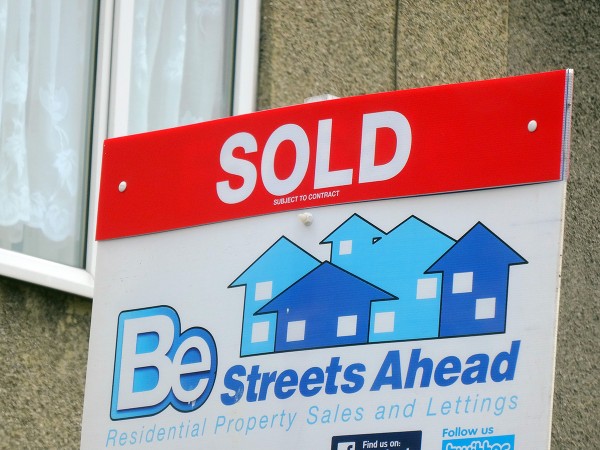 Many countries have experienced soaring house prices in recent years. To find out why, you need to look at demand and supply.
Many countries have experienced soaring house prices in recent years. To find out why, you need to look at demand and supply.
Low mortgage interest rates and more relaxed lending rules in the last couple of years have stimulated demand. In some countries, such as the UK, demand has been further boosted by governments providing increased help to buyers. In others, various tax breaks are given to house purchasers.
Typically the rise in demand has not been matched by an equivalent rise in supply. Social house building has slowed in many countries and building for private purchase has often be hampered by difficulties in obtaining appropriate land or getting planning permission.
The articles linked below look at the situation in Australia. Here too house prices have been soaring. Over the past 30 years they have grown by 7.25% per year – way above the growth in incomes. As the second article below states:
So expensive are homes becoming that the share of median household income devoted to mortgage payments for Australians aged 35 to 44 has more than doubled in 30 years. Incredibly, it’s happened at a time when mortgage rates have slid to their lowest on record.
But why? Again, to understand this it is necessary to look at demand and supply.
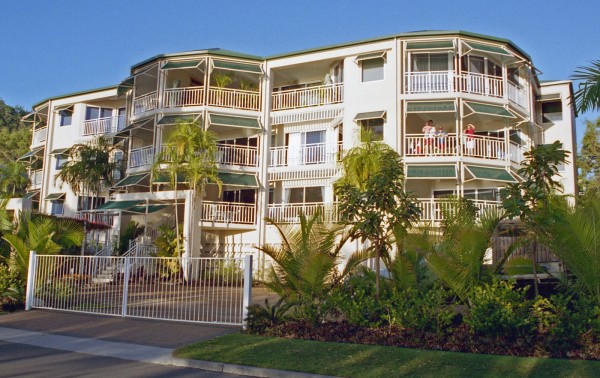 Strong population growth combined with easy availability of mortgage loans, low interest rates and tax breaks for both owner occupiers and property investors have stoked demand, while new building has lagged behind. As far as investors are concerned, any shortfall of rental income over mortgage payments (known as negative gearing) can be offset against tax – and then there is still the capital gain to be made from any increase in the property’s price.
Strong population growth combined with easy availability of mortgage loans, low interest rates and tax breaks for both owner occupiers and property investors have stoked demand, while new building has lagged behind. As far as investors are concerned, any shortfall of rental income over mortgage payments (known as negative gearing) can be offset against tax – and then there is still the capital gain to be made from any increase in the property’s price.
But in some Australian towns and cities, price rises have started to slow down or even fall. This may be due to a fall in demand. For example, in Perth, the ending of the commodity boom has led to a fall in demand for labour in the mining areas; mine workers often live in Perth and fly up to the mining areas for shifts of a week or more. 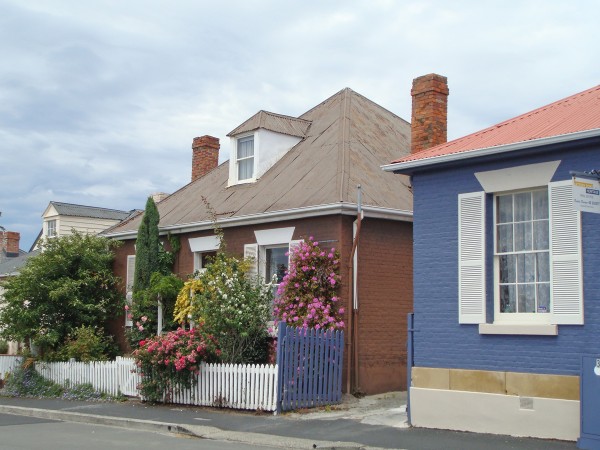 The fall in demand for labour has led to a fall in demand for housing.
The fall in demand for labour has led to a fall in demand for housing.
House price changes are amplified by speculation. People rush to buy houses when they think house prices will rise, further pushing up prices. Landlords do the same. This speculation fuels the price rises. Speculation also amplifies price falls, with people with houses to sell keen to sell them quickly before prices fall further. Potential purchasers, including property investors, hold back, waiting for prices to fall.
Articles
House prices are surging because of low supply – it’s Economics 101 The Guardian, Stephen Koukoulas (27/10/16)
Who’s to blame for rising house prices? We are, actually. Sydney Morning Herald, Peter Martin (27/10/16)
The Price of Australia’s Real Estate Boom The New York Times, A. Odysseus Patrick (17/10/16)
Solutions beyond supply to the housing affordability problem The Conversation, Nicole Gurran (24/10/16)
Data
Residential Property Price Indexes: Eight Capital Cities Australian Bureau of Statistics (20/9/16)
Questions
- Identify the specific demand factors that have driven house price rises in Australia.
- How are the price elasticities of demand and supply relevant to explaining house price rises? Use a diagram to illustrate your analysis.
- What determines the rate of increase in house prices?
- Explain what is meant by ‘negative gearing’. How is the tax treatment of negative gearing relevant to the property market?
- What are the arguments for and against giving tax breaks for house purchase?
- Why are rising prices seen as politically desirable by politicians?
- What practical steps could a government (central or local) take to increase the supply of housing? Would such steps always be desirable?
- Does speculation always amplify house price changes? Explain.
- How are house prices related to inequality?
 An earlier post on this site described a recent row between Tesco and Unilever that erupted when Unilever attempted to raise the prices it charges Tesco for its products. Unilever justified this because its costs have increased as a result of the UK currency depreciation following the Brexit decision.
An earlier post on this site described a recent row between Tesco and Unilever that erupted when Unilever attempted to raise the prices it charges Tesco for its products. Unilever justified this because its costs have increased as a result of the UK currency depreciation following the Brexit decision.
It also appears that more general concerns that the fall in the value of sterling would lead to higher retail prices were prevalent around the time that the Tesco Unilever dispute came to light. Former Sainsbury’s boss, Justin King, made clear that British shoppers should be prepared for higher prices. He also said that:
Retailers’ margins are already squeezed. So there is no room to absorb input price pressures and costs will need to be passed on. But no one wants to be the first to break cover. No business wants to be the first to blame Brexit for a rise in prices. But once someone does, there will be a flood of companies because they will all be suffering.
It is interesting to consider further why the Tesco and Unilever case was the first to make the headlines and why their dispute was resolved so quickly. In addition, what are the more general implications for the retail prices consumers will have to pay?
Arguably, Unilever saw itself as having a strong hand in negotiations with Tesco because its product portfolio includes a wide variety of must-stock brands, including Pot Noodles, Marmite and Persil, that are found in 98% of UK households..
Unilever has been criticised for using the currency devaluation as an excuse to justify charging Tesco more, since most of its products are made in the UK. However, Unilever was quick to point outthat commodities it uses in the manufacture of products are priced in US dollars, so the currency devaluation can still affect the cost of products that it manufactures in the UK. In addition, Unilever’s chief financial officer, Graeme Pitkethly, insisted that price increases due to rising costs were a normal part of doing business:
We are taking price increases in the UK. That is a normal devaluation-led cycle.
On the other hand, even if the cost increases faced by Unilever are genuine, it is interesting to speculate whether it would have been so quick to adjust its prices downwards in response to a currency appreciation. After all, a commonly observed phenomenon across a range of markets is ‘rockets and feathers’ pricing behaviour i.e. prices going up from a cost increase more quickly than they go down following an equivalent cost decrease.
Compared to Unilever, some other suppliers are likely to have less bargaining power – in particular, those competing in highly fragmented markets and those producing less branded products. In such markets the suppliers may be forced to accept cost increases. For example, almost 50% of butter and cheese consumed in the UK comes from milk sourced from EU markets. Protecting such suppliers is one of the key roles of the Grocery code of conduct that the UK competition agency has put in place.
From Tesco’s point of view it will have benefited from good publicity by doing its best to protect consumers from price hikes. Helen Dickinson, chief executive of the British Retail Consortium, said:
Retailers are firmly on the side of consumers in negotiating with suppliers and improving efficiencies in the supply chain to control the inflationary pressure that is building through the devaluation of the pound.
However, it is also clear that Tesco had its own motives for resisting increased costs for Unilever’s products. In such situations both supplier and retailer should be keen to avoid a situation where they both impose their own substantial mark-ups at each stage of the supply chain. It is well established that this creates a double mark-up and not only harms consumers, but also the supplier and retailer themselves. Instead, the firms have an incentive to use more complex contractual arrangements to solve the problem. For example, suppliers may pay slotting allowances to get a place on the retailers’ shelves in exchange for lower retail mark-ups.
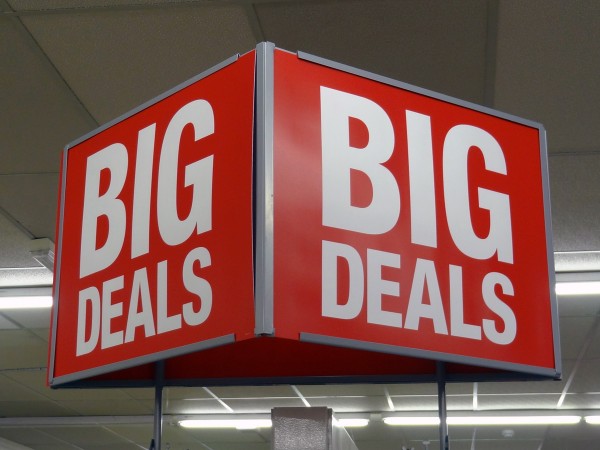 It has also been claimed that cutthroat competition in the supermarket industry, especially from discounter retailers Aldi and Lidl, made Tesco particularly keen to prevent price rises. Some arguments suggest that these discounters will be best placed to benefit from the currency devaluation as they sell more own brands, have a limited range, the leanest supply chains and benefit from substantial economies of scale. On the other hand, they source more of their products from abroad and it has been suggested that:
It has also been claimed that cutthroat competition in the supermarket industry, especially from discounter retailers Aldi and Lidl, made Tesco particularly keen to prevent price rises. Some arguments suggest that these discounters will be best placed to benefit from the currency devaluation as they sell more own brands, have a limited range, the leanest supply chains and benefit from substantial economies of scale. On the other hand, they source more of their products from abroad and it has been suggested that:
A fall in sterling will push prices up for everyone who sources products from Europe, but Aldi and Lidl will be affected more than most.
One prediction suggests that the overall impact of the currency depreciation on food prices will be an increase of around 3%. This may be particularly worrisome given concerns that the impact will fall most heavily on benefit claimants and other low-income households.
Outside of the food industry, Mike Rake, the chairman of BT, has highlighted the fact that:
Imported mobile phones and broadband home hubs were already 10% more expensive and the cost would have to be passed on to consumers in the near future.
It is therefore clear that the currency devaluation has the potential to create substantial tensions in the supply-chain agreements across a range of markets. The impact on the firms involved and on consumers will depend upon a wide range of factors, including the competitiveness of the markets, the nature of the firms involved and their bargaining power. Furthermore, evidence from an earlier currency depreciation in Latin America makes clear that the price elasticity of demand will be another factor that determines the impact price rises have.
Finally, it is also worth noting that a potential flip side of the currency depreciation is a boost for UK exports. However, it has been suggested that the manufacturing potential to take advantage of this in the UK is limited. In addition, even the manufacturing that does take place, for example in the car industry, often relies on components imported from abroad.
Articles
The Brexiteers’ Marmite conspiracy theories exposed their utter ignorance of how markets really work Independent, Ben Chu (16/10/16)
Tesco price dispute sends Unilever brand perceptions tumbling Marketing Week, Leonie Roderick (17/10/16)
Unilever and Tesco both benefit from their price row, but Brexit will bring more pain Marketing Week, Mark Ritson (19/10/16)
Why the Tesco v Unilever feud was good for British business campaign, Helen Edwards (20/10/16)
Questions
- What are some of the factors that affect a supplier’s bargaining power?
- How might the discount retailers respond to the currency devaluation?
- Use the figures from Latin America in the article cited above to calculate the price elasticity of demand.
- Explain why the price elasticity of demand is an important determinant of the effect of a price rise.
- Can you think of other examples of markets that may be particularly prone to price rises following a currency depreciation?
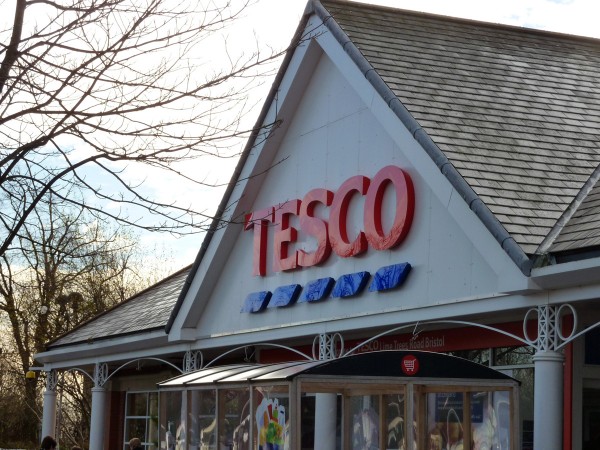 A row erupted in mid-October between Tesco, the UK’s biggest supermarket, and Unilever, the Anglo-Dutch company. Unilever is the world’s largest consumer goods manufacturer with many well-known brands, including home care products, personal care products and food and drink. Unilever, which manufactures many of its products abroad and uses many ingredients from abroad in those manufactured in the UK, wanted to charge supermarkets 10% more for its products. It blamed the 16% fall in the value of sterling since the referendum in June (see the blog Sterling’s slide).
A row erupted in mid-October between Tesco, the UK’s biggest supermarket, and Unilever, the Anglo-Dutch company. Unilever is the world’s largest consumer goods manufacturer with many well-known brands, including home care products, personal care products and food and drink. Unilever, which manufactures many of its products abroad and uses many ingredients from abroad in those manufactured in the UK, wanted to charge supermarkets 10% more for its products. It blamed the 16% fall in the value of sterling since the referendum in June (see the blog Sterling’s slide).
Tesco refused to pay the increase and so Unilever halted deliveries of over 200 items. As a result, several major brands became unavailable on the Tesco website. The dispute was dubbed ‘Marmitegate’, after one of Unilever’s products.
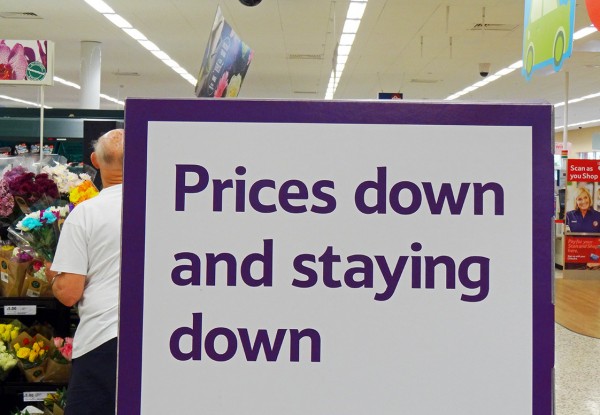 This is a classic case of power on both sides of the market: a powerful oligopolist, Unilever, facing a powerful oligopsonist, Tesco. With rising costs for Unilever resulting from the falling pound, either Unilever had to absorb the costs, or Tesco had to be prepared to pay the higher prices demanded by Unilever, passing some or all of them onto customers, or there had to be a compromise, with the prices Tesco pays to Unilever rising, but by less than 10%. A compromise was indeed reached on 13 October, with different price increases for each of Unilever’s products depending on how much of the costs are in foreign currencies. Precise details of the deal remained secret.
This is a classic case of power on both sides of the market: a powerful oligopolist, Unilever, facing a powerful oligopsonist, Tesco. With rising costs for Unilever resulting from the falling pound, either Unilever had to absorb the costs, or Tesco had to be prepared to pay the higher prices demanded by Unilever, passing some or all of them onto customers, or there had to be a compromise, with the prices Tesco pays to Unilever rising, but by less than 10%. A compromise was indeed reached on 13 October, with different price increases for each of Unilever’s products depending on how much of the costs are in foreign currencies. Precise details of the deal remained secret.
An interesting dynamic in the dispute was that Tesco and Unilever were acting as ‘champions’ for retailers and suppliers respectively. Other supermarkets were also facing price rises by Unilever. 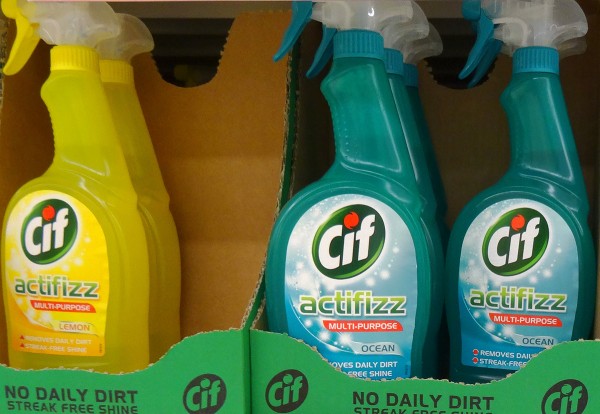 Their reactions were likely to depend on what Tesco did. Similarly, other suppliers were facing rising costs because of the falling pound. Their reactions might depend on how successful Unilever was in passing on its cost increases to retailers.
Their reactions were likely to depend on what Tesco did. Similarly, other suppliers were facing rising costs because of the falling pound. Their reactions might depend on how successful Unilever was in passing on its cost increases to retailers.
This example of ‘countervailing power’, or ‘bilateral oligopoly’, helps to illustrate just how much the consumer can gain when a powerful seller is confronted by a powerful buyer. The battle was been likened to that between two ‘gorillas’ of the industry. Its ramifications throughout industry will be interesting.
Podcasts and Webcasts
 Tesco-Unilever row: Can unique shop explain ‘Marmitegate’? BBC News, Dougal Shaw (13/10/16)
Tesco-Unilever row: Can unique shop explain ‘Marmitegate’? BBC News, Dougal Shaw (13/10/16)
 Tesco, Unilever in Brexit price clash Reuters, David Pollard (13/10/16)
Tesco, Unilever in Brexit price clash Reuters, David Pollard (13/10/16)
 Brexit price-rise warning to shoppers BBC News, Simon Jack (10/10/16)
Brexit price-rise warning to shoppers BBC News, Simon Jack (10/10/16)
 Tesco in Brexit Pricing Spat With Unilever Wall Street Journal (13/10/16)
Tesco in Brexit Pricing Spat With Unilever Wall Street Journal (13/10/16)
 Tesco battles Unilever over prices Financial Times on YouTube (14/10/16)
Tesco battles Unilever over prices Financial Times on YouTube (14/10/16)
 Tesco vs Unilever: Who won? ITV News, Joel Hills (14/10/16)
Tesco vs Unilever: Who won? ITV News, Joel Hills (14/10/16)
Articles
Tesco removes Marmite and other Unilever brands in price row BBC News (13/10/16)
Marmite Brexit Shortage ‘Just The Beginning’ Of ‘Gorilla’ Grocery Battle As Pound Slumps Huffington Post, Louise Ridley (13/10/16)
Unilever sales increase despite dozens of its brands being removed from Tesco shelves Independent, Ben Chapman (13/10/16)
Tesco-Unilever price row: Why pound value slump has caused Marmite to disappear from shelves Independent, Zlata Rodionova (13/10/16)
Tesco pulls Marmite from online store amid Brexit price row with Unilever The Telegraph, Peter Dominiczak, Steven Swinford and Ashley Armstrong (13/10/16)
Tesco runs short on Marmite and household brands in price row with Unilever The Guardian, Sarah Butler (13/10/16)
Tesco pulls products over plunging pound Financial Times, Mark Vandevelde, Scheherazade Daneshkhu and Paul McClean (13/10/16)
Brexit means…higher prices The Economist, Buttonwood’s notebook (13/10/16)
Tesco, Unilever settle prices row after pound’s Brexit dive Reuters, James Davey and Martinne Geller (14/10/16)
Questions
- To what extent can Tesco and Unilever be seen a price leaders of their respective market segments?
- What would you advise other supermarkets to do over their pricing decisions when faced with increased prices from suppliers, and why?
- What would you advise manufacturers of other consumer goods sold in supermarkets to do in the light of the Tesco/Unilever dispute, and why?
- What determines the price elasticity of demand for branded products, such as Marmite, Persil, Dove soap, Hellmann’s mayonnaise, PG Tips tea and Wall’s ice cream?
- What factors will determine in the end just how much extra the consumer pays when supermarkets are faced with demands for higher prices from major suppliers?
- Give some other examples of firms in industries where there is a high degree of countervailing power.
- What are the macroeconomic implications of a depreciating exchange rate?
- If, over the long term, the pound remained 16% below its level in June 2016, would you expect the consumer prices index in the long term to be approximately 16% higher than it would have been if the pound had not depreciated? Explain why or why not.
 Food prices often rise or fall with good or bad harvests or because of a change in demand. A recent example is the price of brazil nuts, which by May this year had risen over 60% on European markets.
Food prices often rise or fall with good or bad harvests or because of a change in demand. A recent example is the price of brazil nuts, which by May this year had risen over 60% on European markets.











